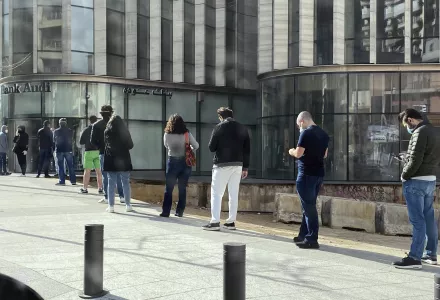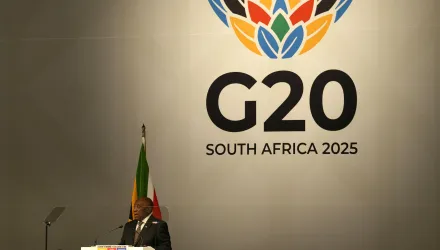
Introduction
“Democracy is the worst form of government, except for all the others.”
—Winston Churchill
The debate over the relative benefits of democracies over autocracies has become heated. Democracies are often criticized for being less responsive. The above-mentioned quote epitomizes the apparent trade-off between legitimacy and efficiency in democracies. But is it really so? In the present paper we provide evidence against that trade-off. Indeed, we uncover one important channel through which democracies display a built-in mechanism for self-correction that is “reform chatter”. We find that reform chatter peaks during economic downturns, followed by improved popular attitudes in turn leading to actual reforms.
The political debate over reforms had traditionally revolved around their timing and consequences. The pioneering work on the political economy of reforms steered the debate toward the determinant of reforms and issues of political feasibility (Alesina and Drazen 1991). Yet little is known about attitudes toward reform in the public square. Arguably, understanding public chatter illuminates the presence of support for public policy.
This paper uses text analysis from about a billion newspaper articles to explore the dynamics of reform chatter. Our measure of chatter intensity uses Dow Jones FACTIVA, a global repository of newspaper articles. The approach is akin to Baker et al. (2016) who use the same data to construct an index of economic policy uncertainty. We refine the search method in several directions, beyond the search of keywords like “economic reform” in press articles. In particular, we distinguish between international and local media sources; and across media in 28 different languages. Also, we use machine learning techniques such as topic modeling to ascertain the informational content of reform chatter (Blei et al. 2003).
We compute a measure of attitudes around reform to get a sense of whether or not reform is put forth with a positive lens. This paper contributes to the large and growing economic literature using text analysis and machine learning techniques to analyze data (see Gentzkow et al, 2019 for a review). The existing literature on sentiment focuses mostly on the United States and on the predictive power of sentiment on economic activity. An example of use of sentiment analysis in finance is Tetlock (2007) who considers the sentiment of the Wall Street Journal’s “Abreast of the Market” column as a predictor of market fluctuations in the United States. A more recent paper is Shapiro et al. (2019), who show that sentiment shocks have a positive effect on consumption, output, and real interest rates.
We show that the intensity of reform chatter increases during economic downturns. This increase is more significant in democracies. We find that the relationship between democracy and reform chatter is causal, using instrumental variable techniques. We finally document that reform chatter is followed by actual reforms, suggesting that democracies benefit from a “self-correcting” mechanism stemming from media chatter.
Our paper is also related to the literature on media and economics. Besley and Burgess (2002) show that having a more informed and politically active electorate strengthens incentives for governments to be responsive. Djankov et al. (2003) find that government ownership in media undermines political and economic freedom. Besley and Prat (2006) develop a model of democratic politics in which media capture is endogenous. The model offers insights into the features of the media market that determine the ability of the government to exercise such capture and hence to influence political outcomes. Our paper is the first to use media data to account for the intensity of and attitudes in reform chatter.
Lastly, our paper is linked to the literature on economic reforms and the political business cycle. Fernandez and Rodrik (1991) provide a theory to explain the “status quo bias” against efficiency enhancing reforms. In their model, individual-specific uncertainty about distributional gains creates a bias against reform. Early work on the political business cycle dating back to Nordhaus (1975) shows that macroeconomic cycles could be induced by electoral cycles. Brender and Drazen (2005) provide evidence that political budget cycles are stronger in weaker democracies (citizens in more established democracies do not get fooled by promises made by politicians). Our paper presents evidence on the importance of polity in mediating reform chatter over the business cycle including during crises.
The remainder of the paper is organized as follows. Section 2 presents the data. Section 3 lays out the empirical strategy and main results around the evolution of the intensity of reform chatter. Section 4 presents several extensions around sentiment analysis and the nexus between reform chatter and actual reforms. Section 5 concludes.
Arezki, Rabah, Simeon Djankov, Ha Nguyen and Ivan Yotzov. “Reform Chatter and Democracy.” March 2021




